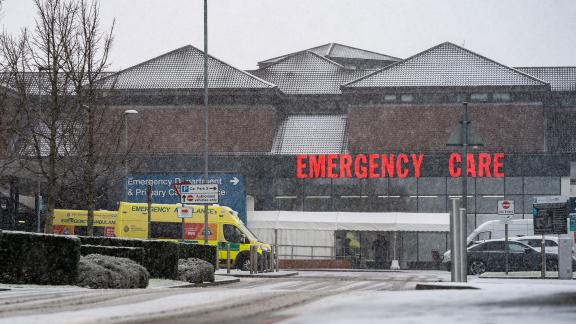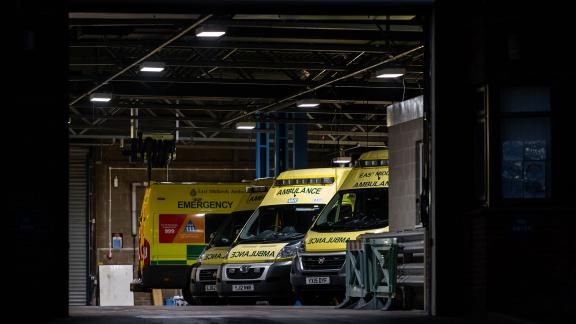Without decisive action from governments, extraordinary pressures will continue

- December saw the highest number of red (immediately life-threatening) calls to the ambulance service ever made in a month, the highest proportion of all calls and the highest average daily number of red calls, up 25 per cent from November (which itself was the highest recorded up to that point).
- Performance against 999 response times and emergency department waits decreased.
- The number of patient pathways waiting for both diagnostics and therapies decreased in November, with waits improving slightly against targets.
- In November, more people started their first definitive treatment for cancer and the number of patient pathways closed following the patient being informed they did not have cancer increased to the highest level since data collection began (14,499).
Responding to the latest NHS performance statistics in Wales, Nesta Lloyd-Jones, assistant director of the Welsh NHS Confederation said:
“It's promising that November saw some encouraging signs in reducing waiting lists, showing how hard staff are working to do all they can to treat as many people as possible, including delivering services in new and innovative ways. For example, in November, the number of longest waiters (those waiting over two years) came down by 30 per cent from the peak. These numbers show the NHS is making inroads despite the tough cards it has been dealt.
“However, the situation in December in urgent and emergency care is concerning, although not unexpected. As we know, December saw the first three days of industrial action in the NHS, which will have no doubt negatively impacted statistics. December also saw the highest levels of demand the NHS has ever seen in one day on the 27th of the month.
“Winter pressures from high levels of flu, Covid and other illnesses, alongside industrial action, challenges in social care and blockages in patient flow, are making for a tumultuous winter for the health and care system in Wales, but most importantly, for those who need to access services.
"With this in mind, health leaders are expecting the data for next month to reflect the huge difficulties they have faced in December and January.
“Without a long-term investment plan to transform social care, and without the Welsh and UK Governments reaching an agreement with trade unions in relation to industrial action, these extraordinary pressures will continue, to the detriment of staff and patients.”
Notes
- Statistics have been taken from the NHS activity and performance summary: November and December 2022 on the Welsh Government’s website.
- The number of patient pathways is not the same as the number of individual patients because some people have multiple open pathways. More information is available in the Welsh Government’s Chief Statistician’s blog.



